Planning and Coordination Division
LEE Eunwoo
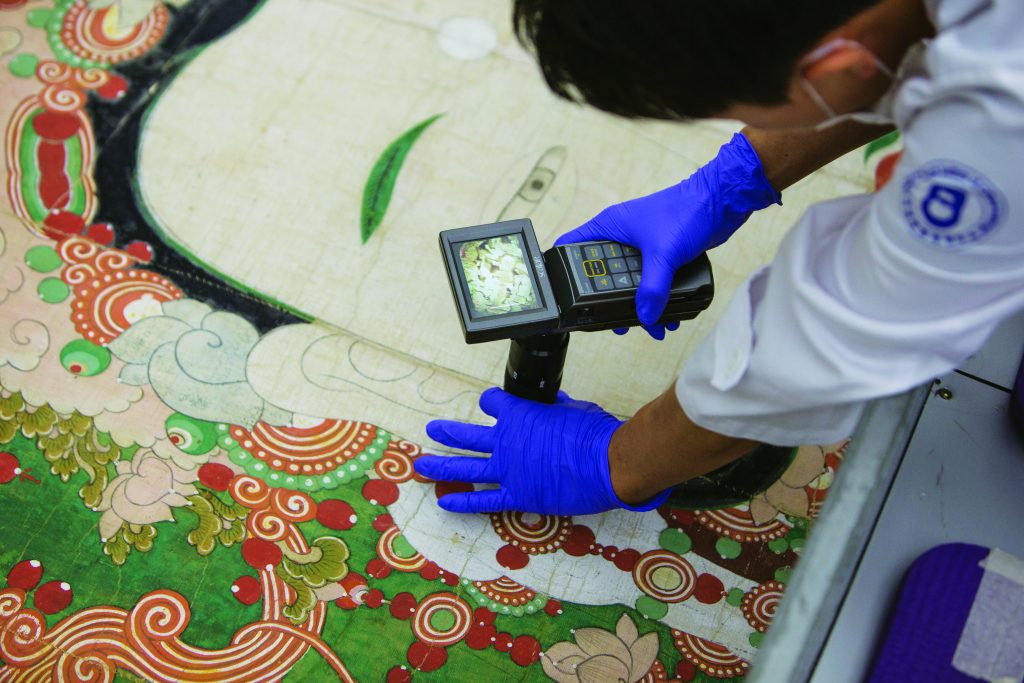

When beautiful Buddhist paintings hanging on the walls of temples mesmerize us with their mysterious hues and styles, we often ask ourselves questions like “How did artists of the past paint?” and “Did they have paints in the old days?” Since our curiosity brings a multitude of unsubstantiated conjectures and inferences when thinking about periods in history we can only imagine, keeping our cultural heritage intact and passing it on to the next generation requires an accurate understanding of historical materials based on scientific evidence.
Scientific analysis of cultural heritage can be comparable to a detective who uncovers the hidden value of cultural heritage or a doctor who diagnoses present health conditions and suggests future treatment directions.
Buddhism was first brought to Korea around the 4th century and is still practiced by a large portion of the population. Large Buddhist paintings that illustrate Buddhist ideology are often produced and hung on days when special Buddhist services and ceremonies are held.
Large Buddhist paintings from hundreds of years ago possess great value not only as religious artifacts but also as cultural heritage. Nevertheless, their large weights and sizes make them challenging to transport, thereby making them hard to reach in terms of conservation management.
In partnership with the Cultural Heritage Administration (CHA) and the Research Institute of Sungbo Cultural Heritage, NRICH’s Conservation Science Division has been carrying out scientific research on 84 pieces of Korea’s representative Buddhist paintings. This 10-year project started in 2015 and is expected to be completed in 2024.
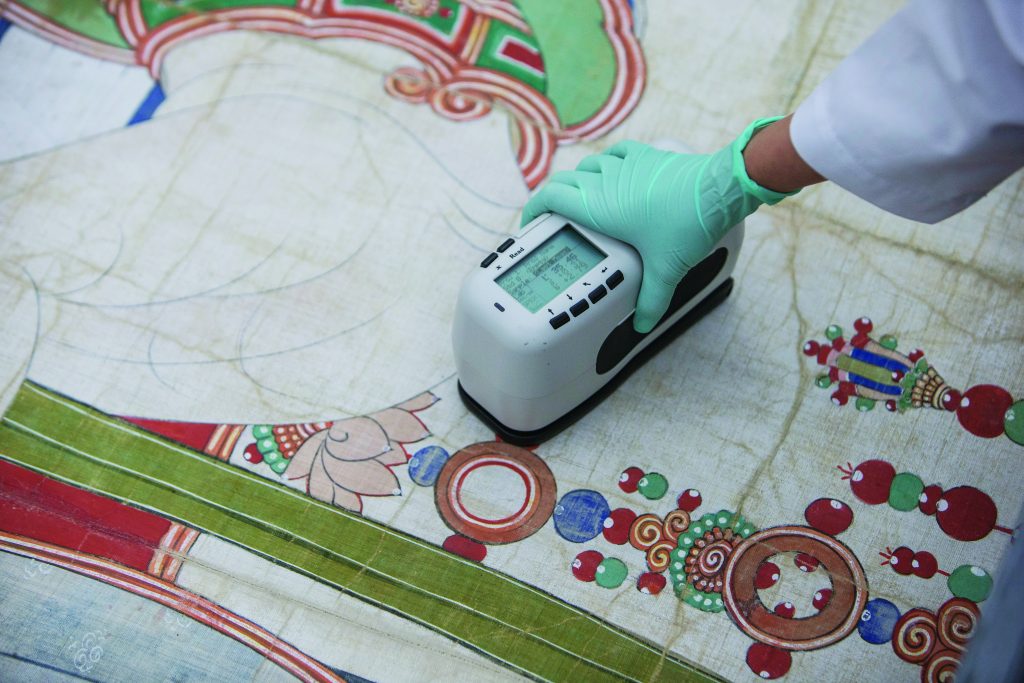





The conservation and management of large Buddhist paintings starts with the investigation of risk factors that may subsequently cause damage. For this, researchers use infrared imaging to detect underlying sketches and produce drawings highlighting the extent of damage and contamination.
Furthermore, they obtain information about pigments through diverse means such as chemical composition analysis, micrographs, colorimetric analysis, and UV-visible spectroscopy analysis. They also analyze the fabric, paper, metals, and other material components of each painting. At the same time, to produce information needed for conservation, they study the type of wood and metal used for each painting’s storage container and conduct a microbial analysis.
The information obtained in this way can be utilized not only in the conservation of large Buddhist paintings but also in the study of traditional materials (e.g., pigments and fabrics) and of Buddhist art history. Such research and analysis materials accumulated over several years through NRICH-led projects will serve as important scientific clues that can be utilized in a wide range of academic fields to shed light on past secrets and open up new future possibilities.

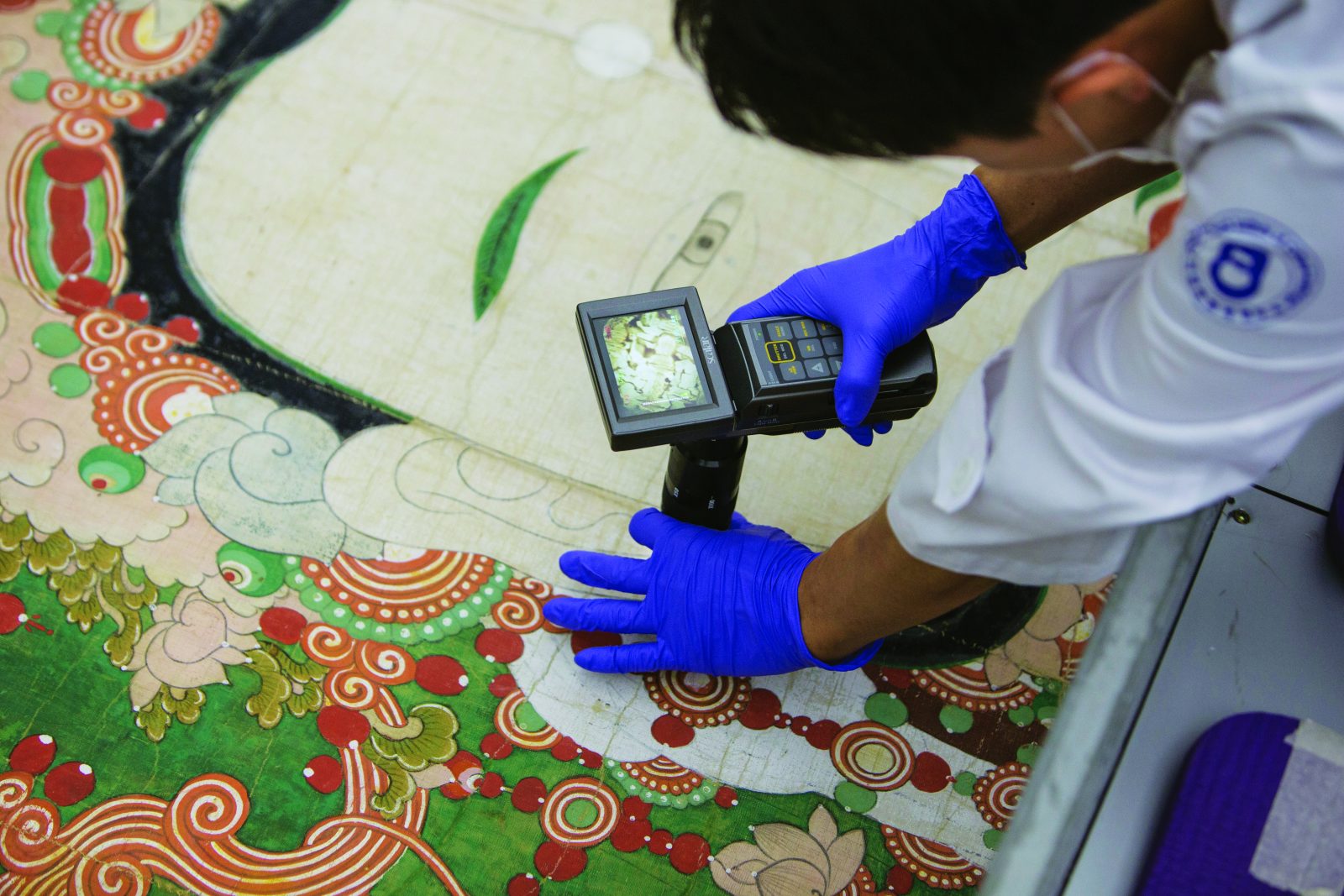
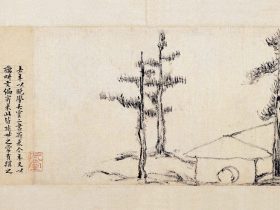
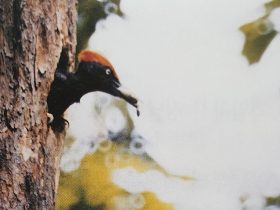

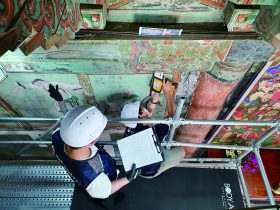
Leave a Reply